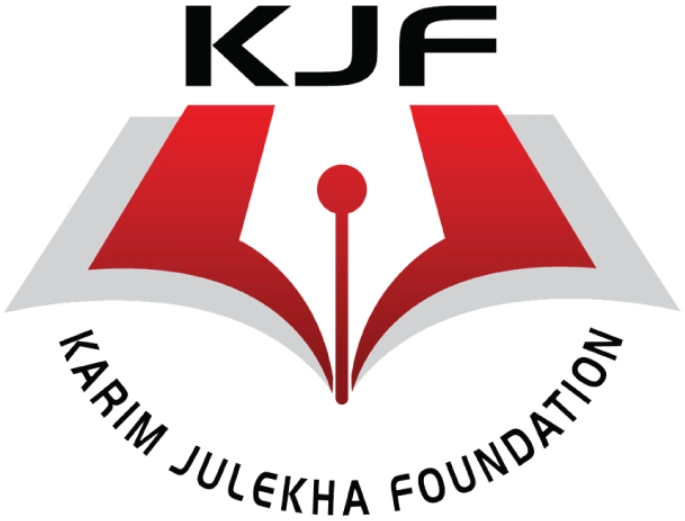Duolingo
Duolingo Language Certificate: Demonstrating Language Proficiency
The Duolingo Language Certificate is a digital certification awarded to users who successfully complete a language course on the Duolingo platform and achieve a minimum proficiency level on the final checkpoint test. While not as widely recognized as traditional language proficiency exams, the Duolingo Language Certificate can still be a valuable credential for individuals seeking to demonstrate their language skills for academic, professional, or personal purposes.
1. Completing a Duolingo Language Course
To earn a Duolingo Language Certificate, users must first complete a language course on the Duolingo platform. Duolingo offers courses in over 30 languages, ranging from Spanish and French to less commonly taught languages like Swahili and Hawaiian. Each course is structured into bite-sized lessons covering vocabulary, grammar, speaking, listening, and reading comprehension.
2. Final Checkpoint Test
Upon completing the language course, users must take a final checkpoint test to assess their language proficiency. The final checkpoint test is designed to evaluate users’ skills in reading, writing, speaking, and listening in the target language. The test is adaptive, meaning that the difficulty level adjusts based on users’ performance, ensuring that it accurately reflects their language proficiency.
3. Minimum Proficiency Level
To earn the Duolingo Language Certificate, users must achieve a minimum proficiency level on the final checkpoint test. The specific proficiency level required may vary depending on the language and the institution or organization that recognizes the certificate. Typically, users must demonstrate proficiency equivalent to at least a beginner or intermediate level of language proficiency.
4. Digital Certification
Upon successfully completing the final checkpoint test and achieving the required proficiency level, users are awarded the Duolingo Language Certificate. The certificate is issued digitally and can be accessed and shared online via the user’s Duolingo account. It provides a formal acknowledgment of the user’s language skills and achievements in the target language.
5. Recognition and Use
While the Duolingo Language Certificate may not be as widely recognized as traditional language proficiency exams like TOEFL or IELTS, it can still be a valuable credential for individuals seeking to demonstrate their language proficiency. Some universities, employers, and institutions may accept the Duolingo Language Certificate as proof of language proficiency for admissions, employment, or other purposes.
6. Continuous Learning
Earning a Duolingo Language Certificate is just the beginning of the language-learning journey. Language proficiency is a dynamic skill that requires ongoing practice and engagement. Users are encouraged to continue practicing and refining their language skills even after earning the certificate, whether through further study on Duolingo, immersion experiences, conversation practice with native speakers, or other means.
In conclusion, the Duolingo Language Certificate offers a convenient and accessible way for users to demonstrate their language proficiency in a variety of languages. While not a replacement for traditional language proficiency exams, the certificate can still be a valuable asset for individuals seeking to showcase their language skills for academic, professional, or personal purposes.

